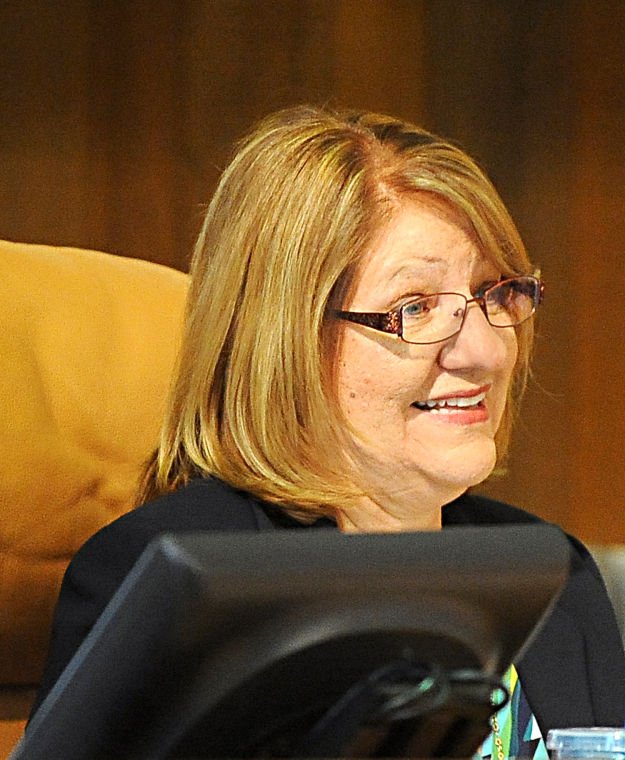GILROY—Gilroy Councilwoman Cat Tucker is questioning the mayor’s motivations for trying to slash $200,000 from the Gilroy Welcome Center.
The move “came out of left field,” she said, because the proposed balanced budget included full funding for the tourism-generating organization.
Mayor Don Gage proposed at last week’s budget session taking that money and putting it in the general fund to pay for at-risk youth programs.
On a 4-3 vote the council agreed and moved to yank the Welcome Center funding. The council will decide at the June 1 meeting whether to make that permanent for fiscal year 2016-2017.
Dion Bracco, Roland Velasco and Tucker, a member of the center’s board of directors, refused to vote with the mayor and have since questioned his motives and timing.
“If we really want to start addressing this issue of at-risk youth then I’m all for it and let’s look at the whole budget,” Tucker told the Dispatch. “But I really question if there’s an ulterior motive in cutting from the Welcome Center. I definitely question that.”
She questions why during five months of budget preparation the issue of cutting Welcome Center funding never came up.
Welcome Center Executive Director Jane Howard, whose nephew and husband publicly opposed the city’s failed tax Measure F in November 2014, which was aggressively supported by Gage, was surprised by the move, too. She said she had no idea why Gage made the move, but she planned on finding out.
Gage steadfastly denied he moved against the Welcome Center because of hard feelings over Measure F. He said the move was because at-risk youth need more activities to keep them out of trouble.
The mayor said in a March interview with the Dispatch that dealing with the city’s at-risk youth is one of the most important social issues he wants to tackle in his final term. Increasing activities for at-risk youth was also one of the items on the to-do list if Measure F was approved.
But Tucker pointed out that the city has recently increased its activities through the parks and recreation program. The city also received a $2 million grant for the very anti-gang programs Gage said are needed.
So, why make the move now?
“Every single one of us on the council has things that are near and dear to our hearts, but that doesn’t mean we take away from a vital organization to meet our personal goals or to pay for pet projects,” Tucker said.
“Honestly, if any one of us really wanted to pour money into a problem we feel is that vital, we should have gone over all the departments to see where we could cut,” she added.
Another point of contention the councilwoman has is that the Welcome Center has helped generate an increasing amount of transient occupancy tax (TOT) receipts since 2009, which help fill city coffers.
In 2014, the city took in more than $1.2 million in TOT, the most in 20 years, according to city data.
Following last week’s meeting, Councilwoman Tucker is determined to find out if the need for activities for at-risk kids is as dire as Gage says; she wants an accounting of the dozens of planned new, non-essential vehicle purchases, including vans, SUVs and sedans, and suggested maybe some of those purchases should be cut instead.
After she was first elected to the council, Tucker said she was toured around Gilroy in a city-owned van, and now wonders how many city vans sitting around for that or similar purposes.
“If there is a dire need, then we should look at all aspects where we can cut—$10,000 here and $10,000 there,” she added. “$200,000 isn’t going to save the day on anything.”
The council votes on the new budget June 1.















